What Is Yaodong?
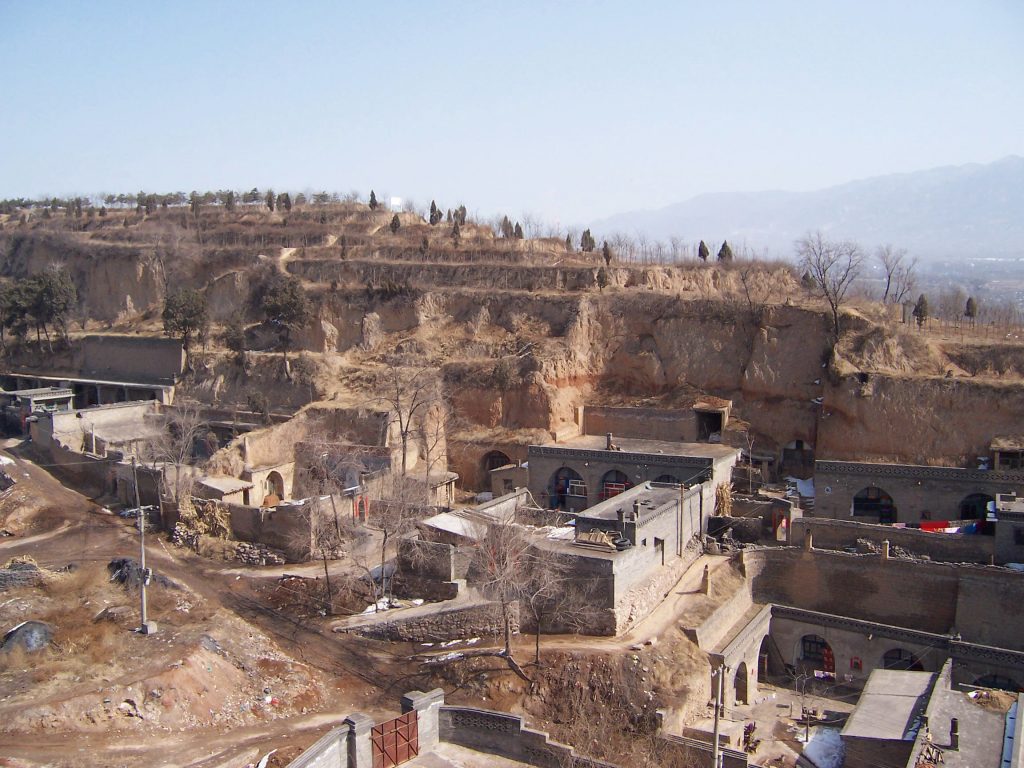
Other than regular homes where these people reside, some of the homes are called Yaodongs. People have been living under these roofs for more than 200 years. Yaodongs are generally carved out of a hillside or cut out horizontally from a central “sunken courtyard”. The research team regards these dwellings as an example of sustainable design.
A yaodong has a long vaulted room that has a semicircular entrance which is covered with a wooden door or a quilt. Some of the dwellings are built adjacent to or on top of one another that starts to look like a house with multiple storeys. These houses are often used by a single clan or extended family. We have explained the different types of yaodongs her but the video will show you all these types in a very different view and angle. You can find the video at the end of the article.
Common Types Of Yaodong
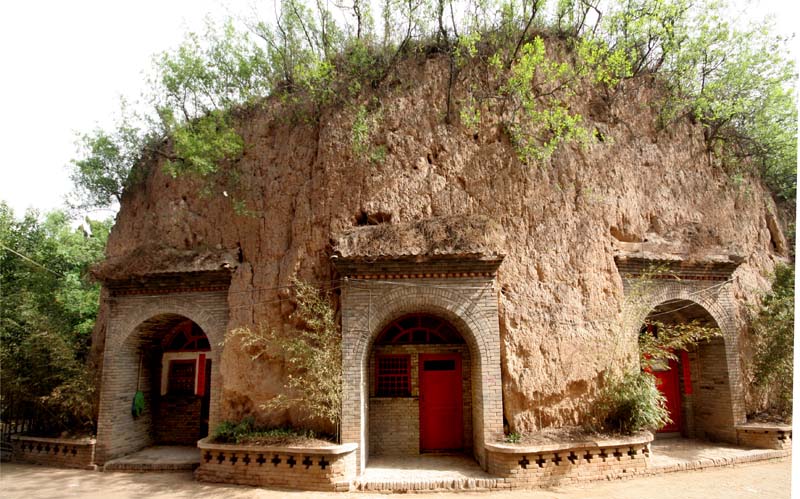
With further research, the team found out that the dwellings are connected to each other but somehow they are different. Some of them were really old and some seemed new as compared to others. Then the guide told them about the different types of yaodongs that they have here. So basically, there are three types. One is Cliffside Yaodong, the second is Sunken Yaodong, and the third is Hoop Yaodong. There was so much that the team didn’t know about the place, so they decided to stay there for another day. They wanted this discovery to be made public and that was not possible until they get the confirmation from these people. It was only fair. It is their community and the team had no right to just enter the place unannounced and make it public after. They wanted to know about the place, people, and culture.
Cliff, Sunken, And Hoop
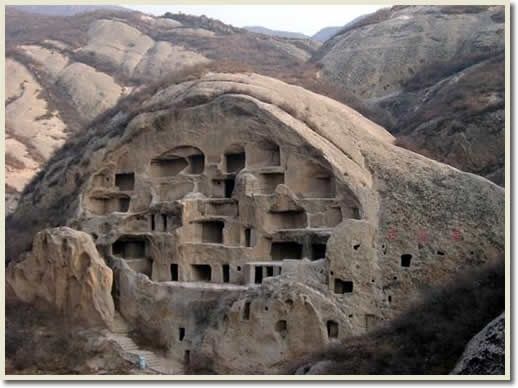
The next day the guide took the team to the nearest and oldest dwellings, the cliffside yaodongs. He told them that this is the most common of all types. In this type, people dig caves in the cliff that has a rectangular floor and the top arched. In the front, the place ahs open space for proper lighting and cross ventilation, so that the people do not feel suffocation.
Then they have, sunken yaodongs, as the name suggests, this place is the pits on the flat ground. This kind is found in the majority.
Then last we have hoop yaodongs, also called independent yaodong. They are the most valuable because of their construction techniques. These types of dwellings occur where there are no conditions excavations of cave dwellings.
Present Location
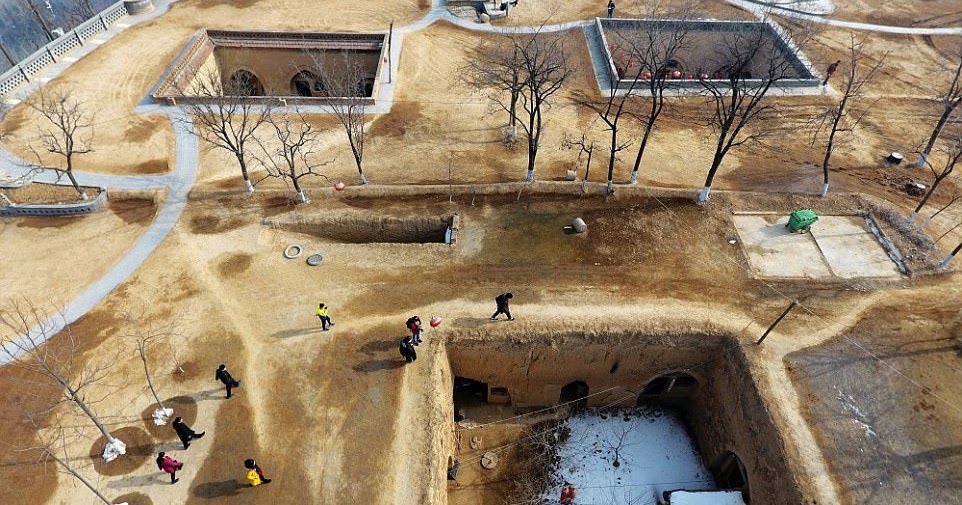
The team got all the possible knowledge that was required. They then talked to the elders of the community about their wish to bring out this place in front of the people so that the world can know about this beautiful hidden place. After hours of talks between the elders and the team, they finally agreed on making this discovery public.
The discovery came out and people got to know about this 4,000-year old hidden place that can be found outside of Sanmenxia City in China’s Henan Province. Thanks to the research team and their drones that made this beautiful discovery.
You can see in the above picture where people are checking out the place. If you wish to see the place but can’t then you can still live the moment by watching the video that will surely make you feel that you are there.
Peeping Back In The Past

According to historians, this place dates back to the 2nd millennium BC, that is China’s Bronze Age. Chinese scholars believe that during the Han Dynasty(206 BC to 220 AD) people chose this type of habitat to live in and with dynasties that came later on after Han Dynasty people started to improve their condition of living by making further improvements. But it was during Ming(1368 to 1644) and Qing(1644 to 1912) that the construction of these places made the most improvement. So much history revolving around the place and we are reading about this place today. Why is that?
After The Discovery
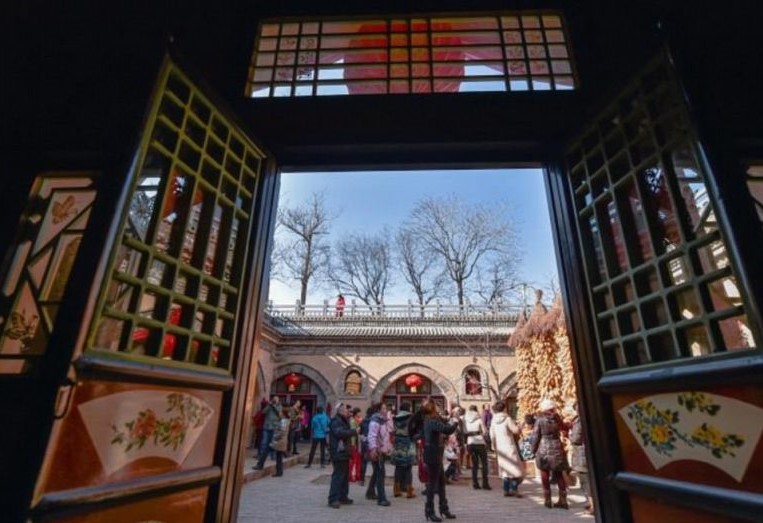
This place was now known to the public and became the tourist spot in China. People visited this place from all over China and the globe. The Chinese government took notice of the discovery and decided to put the town under conservation and later this place was listed as a form of intangible cultural heritage in 2011.
With the help of the local government, this place has become the most visited place in China and has been dubbed as one of China’s most mysterious villages.
